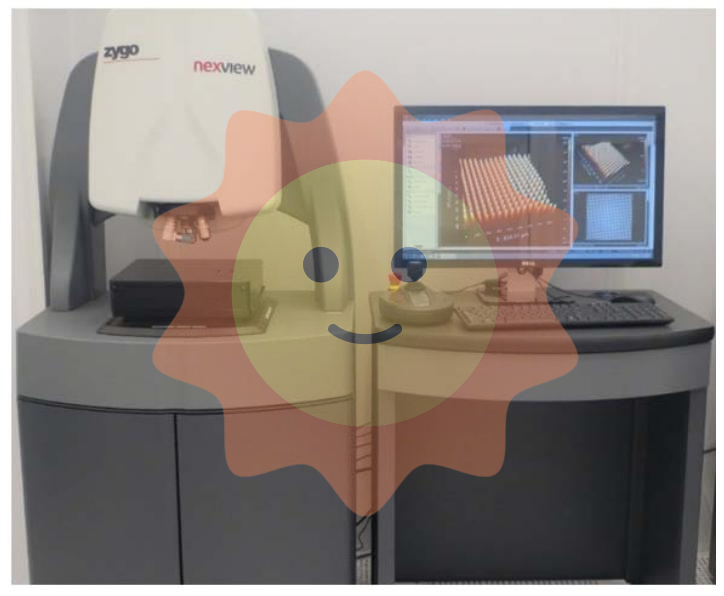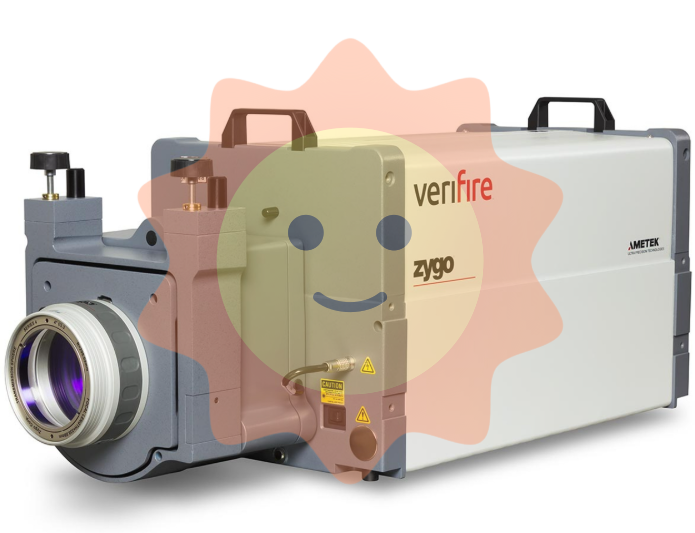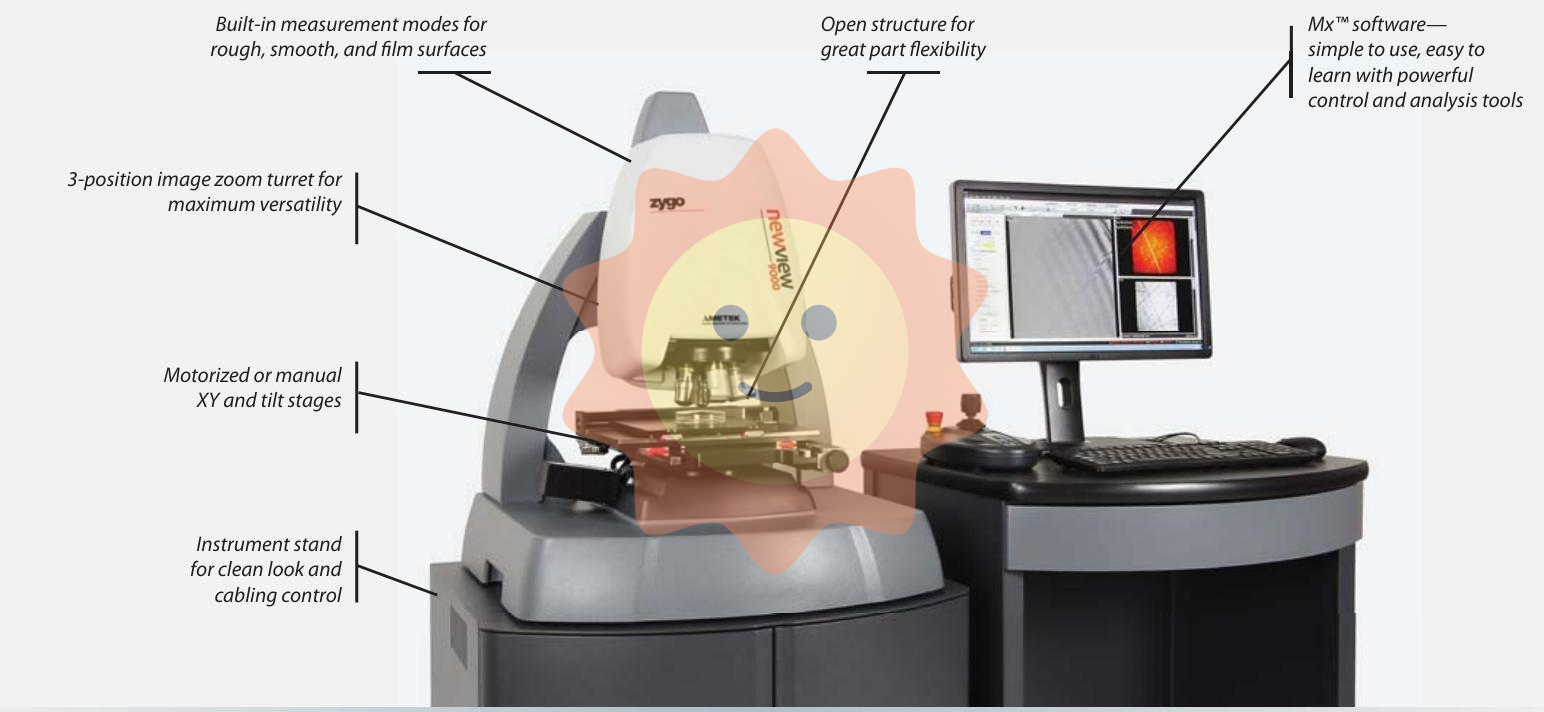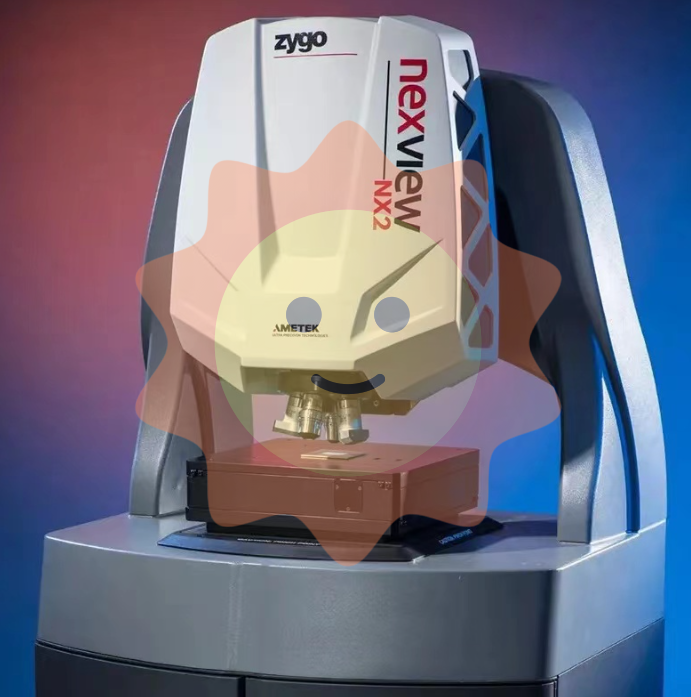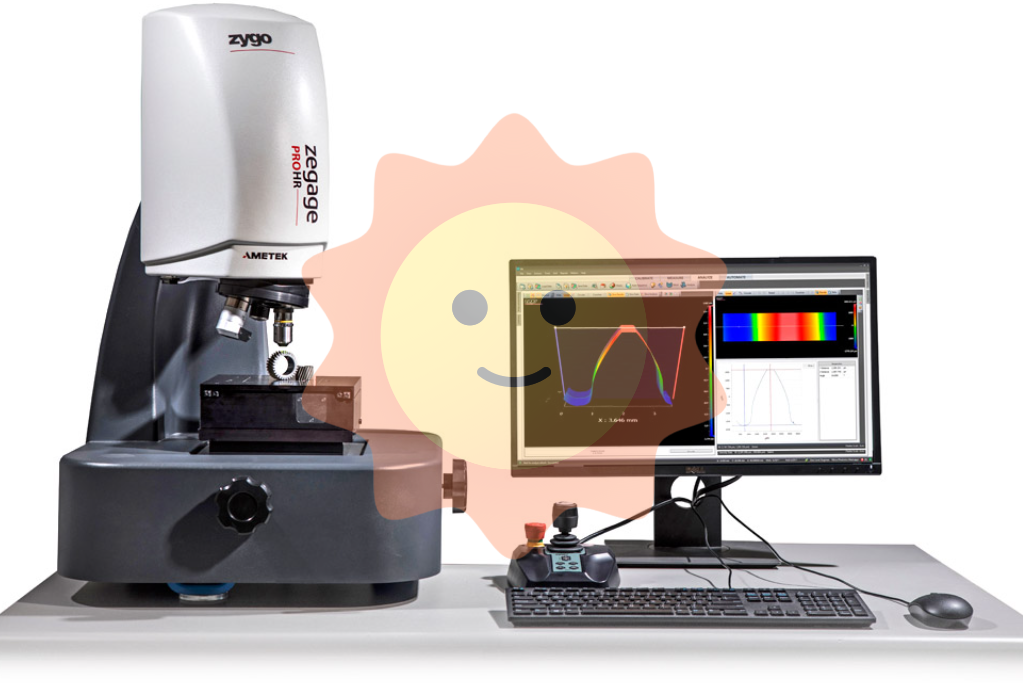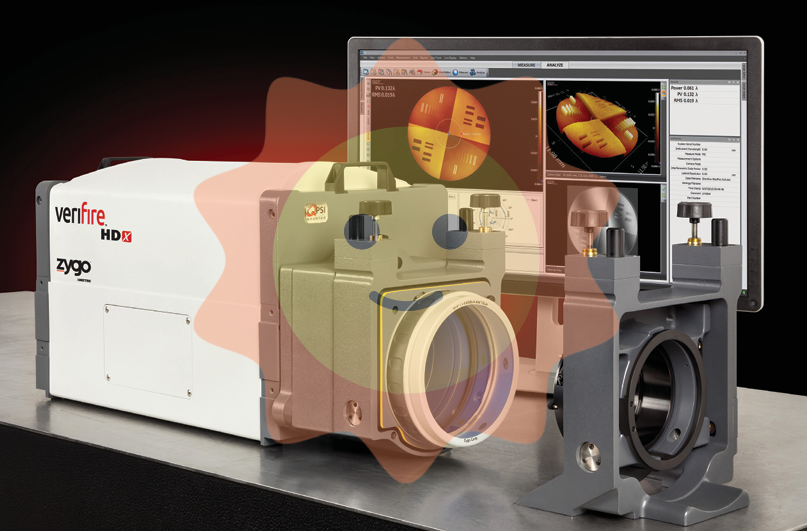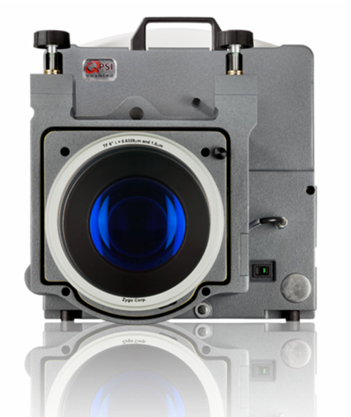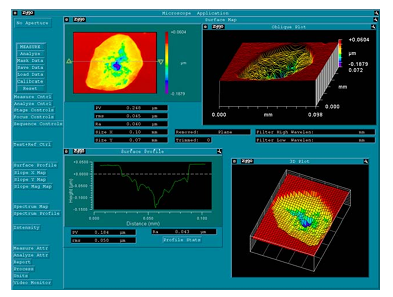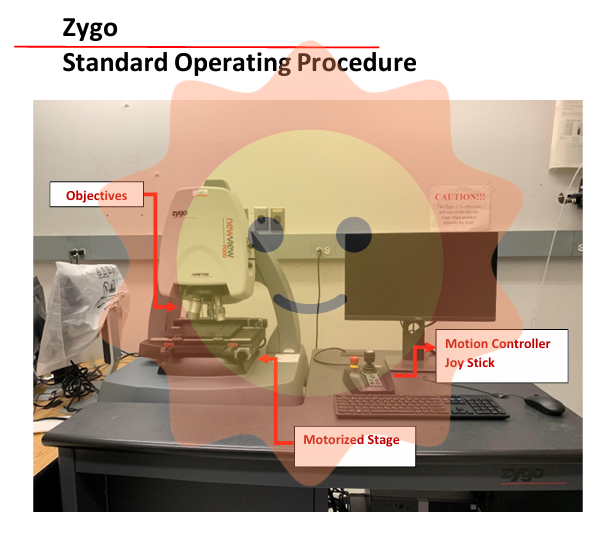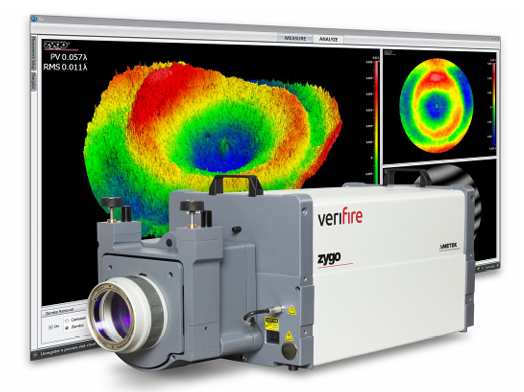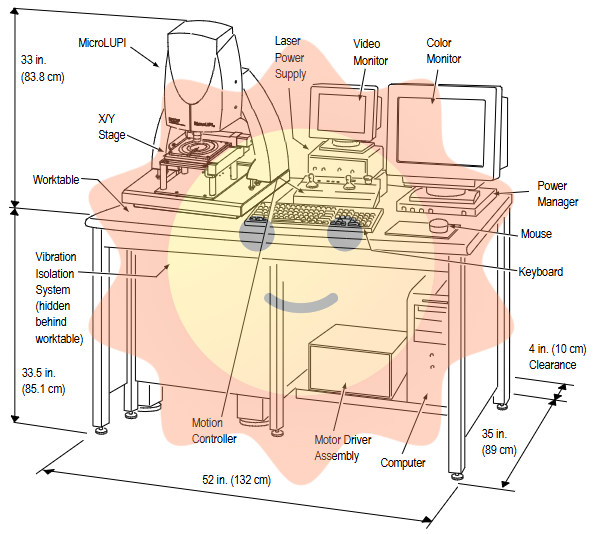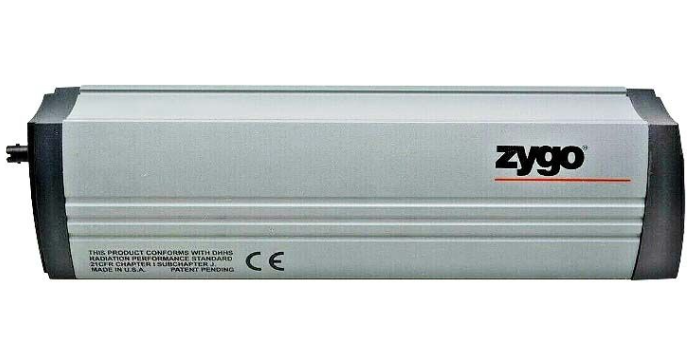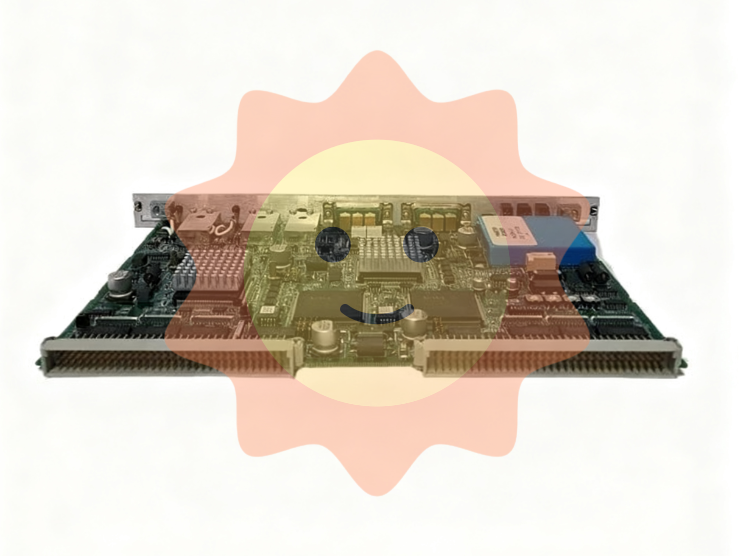ABB SCYC51020 58052582H Industrial Automation Control Module is a specialized control unit developed by ABB for precise control and distributed collaboration of small and medium-sized industrial equipment. "SCYC51020" is the module series and functional identification (belonging to the SCYC series lightweight control module branch), and "58052582H" is the product specific material code, belonging to ABB's low-voltage industrial automation product system. Its core function is to receive input signals from sensors or upper computers, complete data calculation and logic judgment through built-in lightweight control algorithms (such as simple PID and logic interlocking), output stable control signals to drive the actuator, and have basic fault diagnosis and state feedback capabilities. It is widely used in small production lines, single machine equipment, auxiliary control systems and other scenarios, providing a cost-effective and easy to integrate control solution for industrial automation.
ABB SCYC51020 58052582H Industrial Automation Control Module
Product core positioning
ABB SCYC51020 58052582H Industrial Automation Control Module is a specialized control unit developed by ABB for precise control and distributed collaboration of small and medium-sized industrial equipment. "SCYC51020" is the module series and functional identification (belonging to the SCYC series lightweight control module branch), and "58052582H" is the product specific material code, belonging to ABB's low-voltage industrial automation product system. Its core function is to receive input signals from sensors or upper computers, complete data calculation and logic judgment through built-in lightweight control algorithms (such as simple PID and logic interlocking), output stable control signals to drive the actuator, and have basic fault diagnosis and state feedback capabilities. It is widely used in small production lines, single machine equipment, auxiliary control systems and other scenarios, providing a cost-effective and easy to integrate control solution for industrial automation.
Key technical parameters
1. Control and signal parameters
Control channel configuration: includes 2 analog inputs (AI), 1 analog output (AO), 4 digital inputs (DI), and 2 digital outputs (DO), with a reduced number of channels to meet the single or dual loop control requirements of small devices.
Analog input: supports 4-20mA current signal, 0-10V voltage signal, resolution of 14 bits, measurement accuracy of ± 0.1%, sampling rate of 30Hz, can meet the requirements of conventional continuous parameter acquisition such as temperature, pressure, flow rate, etc., such as small tank liquid level monitoring and single machine equipment temperature acquisition.
Analog output: compatible with 4-20mA current signals and 0-10V voltage signals, with an output accuracy of ± 0.2% and a load capacity of ≤ 300 Ω (current output) and ≥ 500 Ω (voltage output). It can drive small regulating valves, micro frequency converters, proportional valves and other actuators.
Digital input: Suitable for 24VDC wet contact signals, response time ≤ 0.2ms, input impedance ≥ 10k Ω, can be connected to limit switches, photoelectric sensors, buttons and other switch devices to achieve device start stop triggering and position detection.
Digital output: 24VDC transistor output, maximum output current of 1.5A per channel, with short-circuit protection (action current 2A ± 10%), can directly drive small relays, indicator lights, solenoid valves, such as control equipment cooling fans and feed solenoid valves.
Control algorithm: Built in simple PID control algorithm (only supports positional PID), basic logic control (with/or without logic, delayed on/off), control cycle can be adjusted between 50ms~2s, meeting the high-precision closed-loop control requirements of small equipment, such as temperature regulation of small heating equipment and flow control of single machine equipment.
2. System and communication parameters
Communication interface: Equipped with one RS485 half duplex communication interface, compatible with Modbus RTU protocol, communication rate supports 9600/19200/38400bit/s manual switching (set through DIP switch), can communicate with PLC, HMI, configuration software (such as WinCC, Kingview), realize control parameter uploading and remote command reception, such as remotely modifying PID settings and viewing equipment operation status through HMI.
Parameter Storage: Built in EEPROM memory with a capacity of 16KB, capable of storing control parameters (such as PID parameters, input/output ranges) and fault records. After power failure, the data can be saved for at least 10 years without the need for additional backup batteries; Support exporting parameters through communication interfaces for unified configuration of batch devices.
3. Electrical and environmental parameters
Power supply characteristics: It adopts a 24VDC single power supply (voltage range 19.2~28.8VDC), with a working power consumption of ≤ 5W and a standby power consumption of ≤ 1.5W. It can share the same 24VDC power supply with sensors and small actuators, simplifying the system power supply circuit and reducing wiring costs.
Electromagnetic Compatibility (EMC): Compliant with the IEC 61000-6-2 industrial environment anti-interference standard, with an IP20 protection level, it can resist the conducted and radiated interference generated by on-site motors and frequency converters, and can still operate stably even when densely installed in small control cabinets.
Environmental adaptability: Operating temperature range -20 ℃~65 ℃, storage temperature range -40 ℃~85 ℃, relative humidity 5%~95% (no condensation), can adapt to general industrial site environments (such as small workshops, single machine equipment control cabinets), without the need for additional temperature and humidity control equipment.
4. Physical and installation parameters
Size: 95mm in length, 65mm in width, and 35mm in height. Adopting an ultra compact design, the volume is reduced by about 30% compared to SCYC51090. It can be installed inside small control cabinets or equipment with limited space, such as integrated control boxes for standalone devices.
Installation method: Supports 35mm DIN rail card mounting (snap on fixation), with an installation depth of only 35mm. It can be densely deployed side by side with small relays and power modules. Installation and disassembly do not require tools, and a single person can complete module replacement within 1 minute.
Core functions and features
Lightweight control adaptability: Optimized design for single loop control scenarios of small equipment, with precise matching of channel quantity and algorithm complexity to avoid cost waste caused by "functional redundancy". For example, in a small plastic molding machine, only 2 analog inputs (collecting barrel temperature, melt pressure), 1 analog output (controlling heating tube power), 4 digital inputs (detecting mold position, raw material arrival signal), and 2 digital outputs (controlling mold opening and closing solenoid valve, raw material feeding valve) are needed. This module can fully cover the requirements and reduce procurement costs by about 30% compared to SCYC51090.
Easy debugging and operation: There is no built-in display screen or buttons, only two ways to complete the configuration: one is to connect to the computer through RS485, use ABB Easy Control Configurator simplified version configuration software (free download), set the input and output range and PID parameters in a graphical interface, support online monitoring of input and output real-time values, the debugging process only needs 3 steps (connect the device → configure parameters → save and take effect), beginners can also quickly get started; The second is to issue instructions through HMI or PLC to directly modify control parameters without the need for on-site module operation.
Basic fault diagnosis and protection: equipped with practical fault monitoring function, reducing the difficulty of small equipment operation and maintenance:
Input signal fault: When the analog input signal exceeds the set range by ± 10% (such as 4-20mA signal below 3.6mA or above 22mA), the module sends a fault code (such as "AI1 signal abnormal") through the communication interface and triggers output hold (maintain the output value before the fault) or output clear zero (selected according to the configuration) to avoid equipment loss of control.
Output circuit protection: When the digital output circuit is short circuited, the module automatically cuts off the output. After the fault is resolved, it needs to be powered back on to prevent the module from burning out; When the analog output overcurrent exceeds 1.8A, the output current is limited to 1.8A ± 5% to protect the actuator and module output circuit.
Self condition monitoring: Real time monitoring of power supply voltage. When the voltage is below 19.2VDC or above 28.8VDC, a fault signal is output and uploaded to remind operation and maintenance personnel to check the power supply.
High integration and low maintenance: The ultra compact design can be integrated into small devices (such as control boxes for standalone equipment) without the need for a separate control cabinet, reducing the overall size of the equipment; The module adopts a design without mechanical buttons and spare batteries, reducing vulnerable parts. The mean time between failures (MTBF) is ≥ 60000 hours, and later maintenance only requires regular checks for loose wiring terminals, resulting in low maintenance costs.
Compatibility and Scalability: Compatible with ABB AC 500-eCO series small PLCs and PanelView 800 series small HMIs, and can be used as distributed I/O or independent control units to connect to existing systems; Support multi module cascading (via RS485 bus), up to 16 modules can be cascaded to form a small distributed control network, such as controlling multiple parallel small production lines to achieve unified monitoring.

- User name Member Level Quantity Specification Purchase Date
- Satisfaction :
-









Email:wang@kongjiangauto.com

